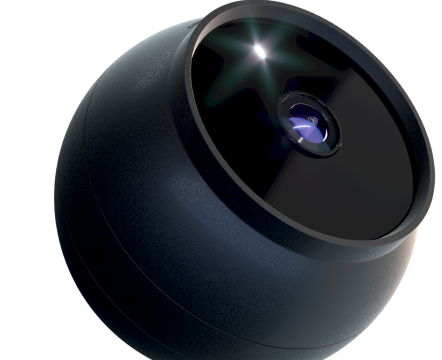ELD Glossary

A
AOBRD
An automatic on-board recording device (AOBRD) is a type of ELD that connects to a vehicle’s engine to record a driver’s Hours of Service (HOS). As of 2019, AOBRDs are no longer considered compliant with the ELD mandate.
C
CMV
A commercial motor vehicle (CMV) operates for commercial purposes, and can’t be used by a driver for personal reasons.
Compliance
ELD compliance means that a commercial driver’s ELD device complies with the Federal Motor Carrier Safety Administration’s (FMCSA) ELD mandate, which requires most commercial motor vehicle drivers to install a compliant ELD solution. Otherwise, drivers can be fined and even put out of service.
CDL
A commercial driver’s license (CDL) is a license for a driver to operate large, heavy, or placarded hazardous material vehicles in the United States.
D
Duty status
Duty status refers to the statuses that ELDs use to create driver logs. The four duty statuses as identified by the FMCSA are:
- Driving
- On-duty not driving
- Off-duty
- Sleeper berth
DVIR
A Driver Vehicle Inspection Report (DVIR) is a formal record that confirms a driver has completed a commercial motor vehicle (CMV) inspection.
DOT
DOT is the Department of Transportation within the United States.
E
ELD
ELD refers to a system that meets FMCSA specifications, including a hardware device component connected to a vehicle’s engine control module to automatically track a driver’s driving time and to keep the record of duty status (RODS). This device monitors the driver’s driving time and Hours of Service (HOS) compliance, among other pertinent data, allowing for more accurate and easier record keeping and fleet management.
ELD Mandate
The ELD mandate requires most commercial motor vehicle drivers to install FMCSA-registered ELDs to record their Hours of Service (HOS) and other pertinent data. The primary goal of the ELD mandate is to reduce road accidents by strict enforcement of HOS rules and minimize driver fatigue.
Elogs
Drivers use electronic logbooks, or elogs, to record data on fleet vehicles. Elogs keep digital records of a vehicle’s operations and driver activities.
EOBR
An electronic on-board recorder (EOBR) is a device attached to a commercial motor vehicle that records the amount of time a vehicle is being driven.
ECM
The Engine Control Module (ECM) is a computer device attached to the engine that retrieves data from different sources on the truck as well as reporting events and conditions.
ELD Driver App
ELD driver apps help commercial drivers record and display their Hours of Service (HOS) and record of duty status (RODS). In general, ELD apps are used in BYOD (bring your own device)-based ELD systems, and are otherwise commonly known as electronic logbooks, electronic logbook apps, or electronic log apps.
F
FMCSA
The Federal Motor Carrier Safety Administration (FMCSA) is an agency in the United States Department of Transportation that focuses on reducing crashes, injuries, and fatalities in the trucking industry.
H
HOS
Hours of Service (HOS) refer to the maximum amount of time drivers are permitted to be on duty. This includes drive time, and number and length for rest periods to ensure driver alertness.
I
IFTA
IFTA: The International Fuel Tax Agreement (IFTA) was created to streamline the collection and distribution of fuel taxes for carriers who operate in multiple jurisdictions. Under IFTA, licensed carriers can submit one quarterly tax return to their base jurisdiction concerning fuel usage, as opposed to individual returns for each state visited.
Intrastate
Intrastate refers to things existing or occurring within a state.
L
Logbook
A logbook is a written or electronic record of a driver’s duty status, which contains the amount of time spent driving, on-duty not driving, in the sleeper berth, or off duty. This must be maintained at all times, as the enforcement of the Hours of Service (HOS) rules are based on the entries in this logbook.
M
Malfunction
An ELD malfunction occurs when the ELD system can no longer record or retain required events or retrieve recorded logs.
P
Personal Conveyance
Personal conveyance refers to the movement of a commercial motor vehicle for personal use while the driver is off duty. Personal conveyance rules are included in the ELD mandate and are written to give drivers more flexibility when it comes to off-duty time.
R
Roadside Inspection
A roadside inspection is an examination of commercial motor vehicles and/or drivers by Motor Carrier Safety Assistance Program (MCSAP) Inspectors.
RODS
A record of duty status (RODS) is a driver’s log that records various statuses of duty used by commercial drivers. The FMCSA mandates that eligible drivers need to prepare a RODs report for each 24-hour period.
S
Sleeper Berth
A sleeper berth is a provision by the FMCSA which allows commercial drivers to extend their 14-hour on-duty shift by splitting the required off-duty time of 10 consecutive hours into two periods.
V
Violation
Any action that isn’t in compliance with the ELD mandate is considered a violation. There are now 22 ELD-related violations that count against SMS scores.



